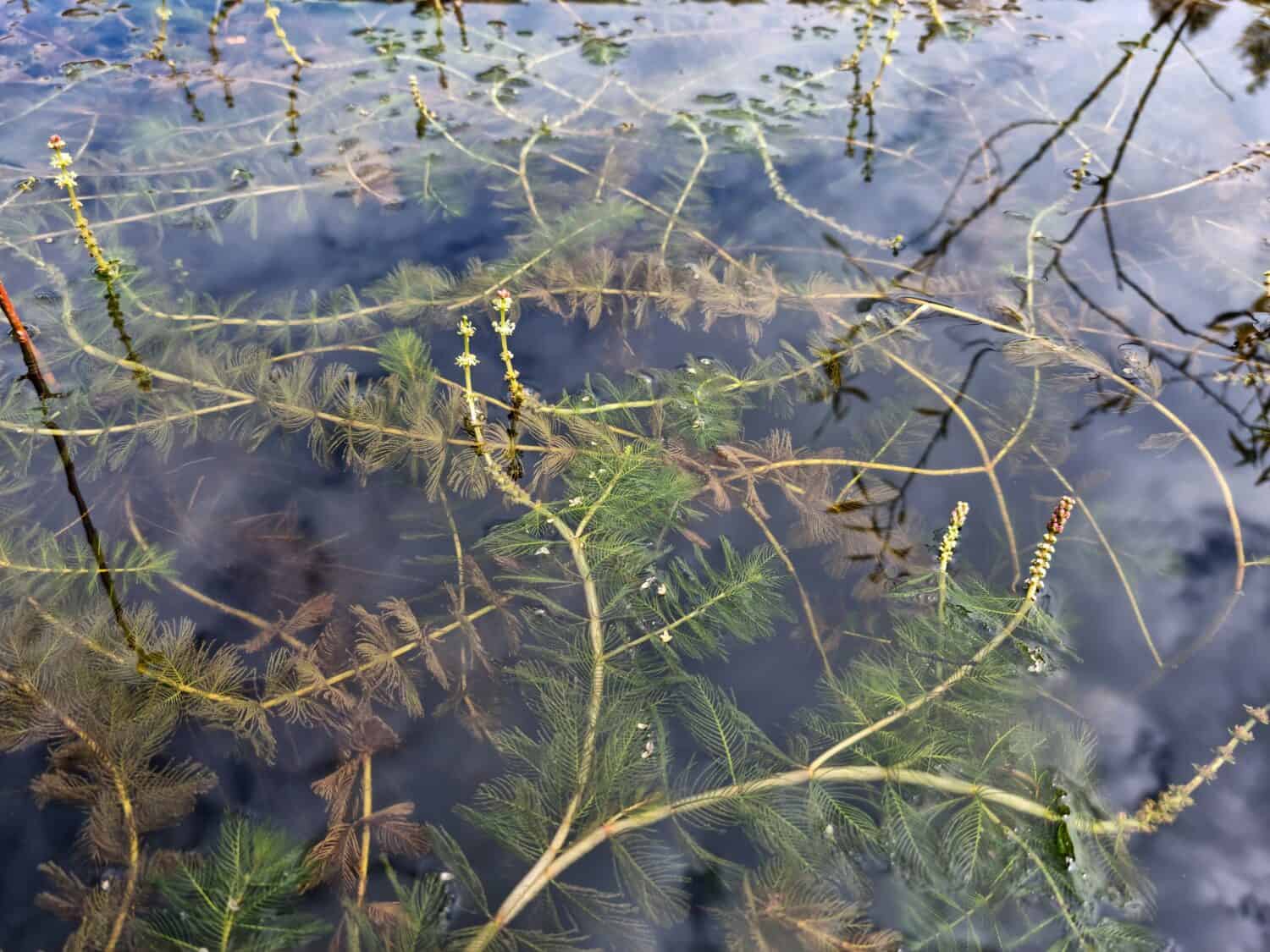It can multiply itself in various ways, spreading easily. Hydrilla is an invasive aquatic plant that’s now been discovered in Michigan for the first time. This plant is known as the world’s most invasive species and its recent discovery in the state has left aquatic biologists nervous.
Hydrilla: The Invasive Plant
First introduced in Florida in the 1950s, Hydrilla has also been discovered in other states, including Delaware in 1976. The plant has invaded additional Great Lake states as well. It’s a hardy species that can thrive even when the quality of the water is low. It reproduces in various ways, including through its roots and buds. But it can also break a single piece of itself off the whole and that can multiply, making it easy to spread itself.
These aren’t all the ways it can spread, however. It’s possible that Hydrilla may attach itself to ornamental plants regularly used in water gardens, which allows it to hitch a ride and get settled to start multiplying elsewhere. Homeowners are urged to be mindful when purchasing plants for their private ponds.
Hydrilla has distinctive serrated edges on its bright green leaves and is arranged in whorls. Typically, the whorls are arranged in sections of five, and during the late summer and into the fall, the plant sprouts white flowers. It may float or remain submerged in aquatic environments. State aquatic biologists are not entirely sure how Hydrilla arrived in the state, but they suspect that fragments of the plant may have attached to ornamental plants recently installed.
Michigan Responds to the Invasive Species
The Department of Environment, Great Lakes, and Energy (EGLE) wasn’t focused on Hydrilla at the time of the discovery. There was another invasive plant that had caught their attention when officials discovered the world’s most invasive species on site. They came across two cases in a residential area, both in private ponds. The properties were located side-by-side in the southwestern region of Michigan.
Berrien Springs is located close to the border with Indiana and the discovery is not welcome news. The plant has the potential to multiply with ease, outcompeting native plants in the state. After the initial discovery, EGLE moved on to survey additional ponds in the area to see if they too had any signs of the invasive species. They also made it over to a nearby stream to survey that area as well.
They surveyed the St. Joseph River as well for further inspection and to acquire a more comprehensive understanding of just how far Hydrilla has spread. After surveying nearby areas, they moved forward with herbicide treatments to get rid of the invasive species — hopefully nipping it at the bud.
Thank you for reading! Have some feedback for us? Contact the AZ Animals editorial team.








